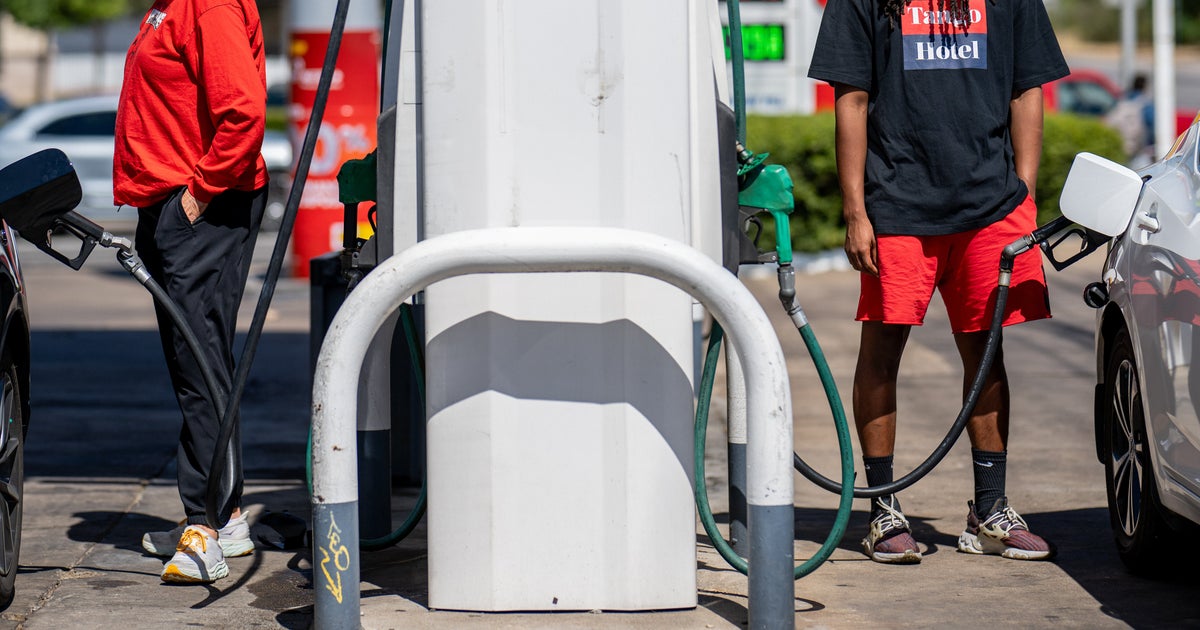Gasoline prices in the United States are currently at their highest level in over a decade at this time of year. This could soon rise even further due to cuts in global supply or potential storms hitting the U.S. Gulf Coast. Gas prices are closely tied to the cost per barrel of crude oil, which is the main component of fuel for cars.
Recently, the price of Brent crude, the benchmark for European oil, surged past $90 per barrel for the first time this year. This increase was driven by plans from Saudi Arabia and Russia, the top two oil exporters, to reduce supply. The price of West Texas Intermediate, the benchmark for U.S. oil, also saw a significant increase to just over $87 per barrel.
In July, record-breaking heat caused supply shortages, forcing Gulf Coast refineries to shut down amid triple-digit temperatures. As a result, the average national price of unleaded gasoline rose by around 30 cents per gallon to $3.83 at the beginning of August. To meet the demand, refineries ran at maximum capacity throughout August, leading to a slight decrease in the average national price to $3.80 by September 6.
Despite this drop, gas prices remain slightly higher compared to the same time last year, according to GasBuddy. The upcoming switch to producing winter-grade gasoline, which is cheaper to make, may further reduce prices by the end of the month. However, any potential disruptions from heat waves or hurricanes in the Gulf could delay the decline in prices.
Gas prices are currently highest in Illinois, the Western states, and the Northeast. In the U.S., blaming the sitting president for higher gas prices is a common tradition in national politics. President Joe Biden has faced criticism from his Republican opponents, who have falsely linked his administration’s proposed regulations on oil and gas production to the price fluctuations caused by other global market forces.
Last year, the White House released 180 million barrels from the nation’s strategic oil reserve to help lower prices. However, this move depleted the stockpile to its lowest levels since the 1980s. The Biden administration planned to refill the reserves in June but postponed the plans due to surging oil prices. The reserve is currently about half full.
While gas prices in the United States are relatively low compared to other OECD countries, such as Norway, they are expected to have a greater impact globally. Norway, a major oil producer, has higher gas prices due to significant fuel taxes. These taxes have funded the establishment of numerous charging stations, leading to 80% of new cars sold in Norway being electric vehicles.
CORRECTION: This story has been updated to correct the total volume of oil released from the Strategic Petroleum Reserve last year.
Denial of responsibility! Vigour Times is an automatic aggregator of Global media. In each content, the hyperlink to the primary source is specified. All trademarks belong to their rightful owners, and all materials to their authors. For any complaint, please reach us at – [email protected]. We will take necessary action within 24 hours.


